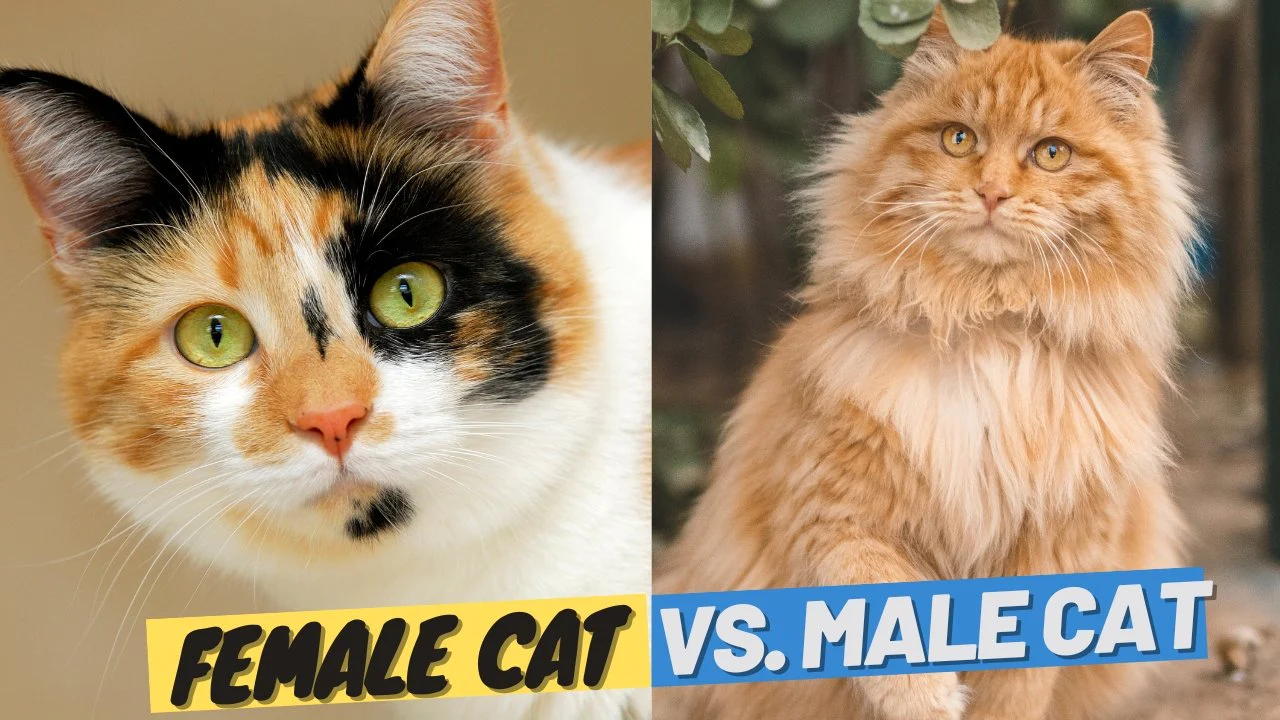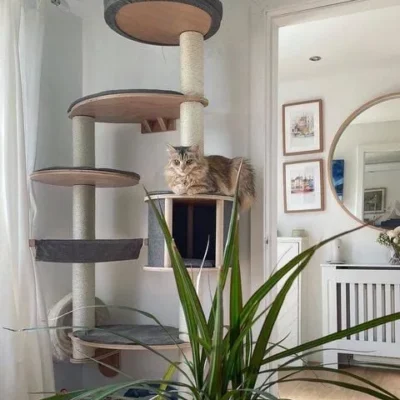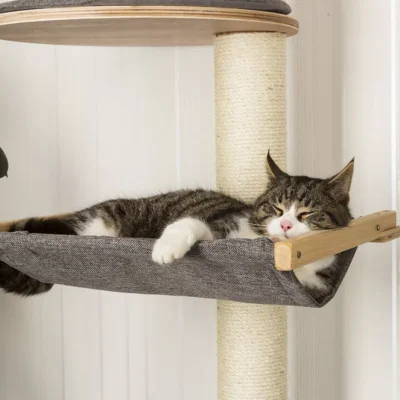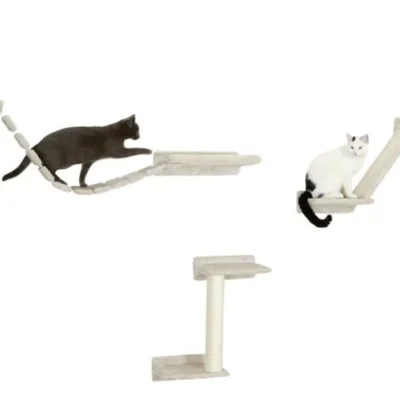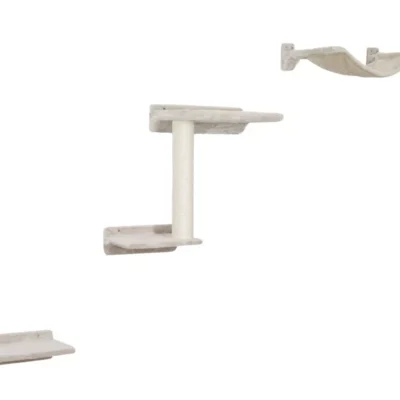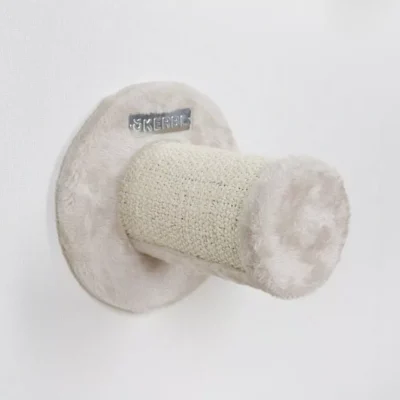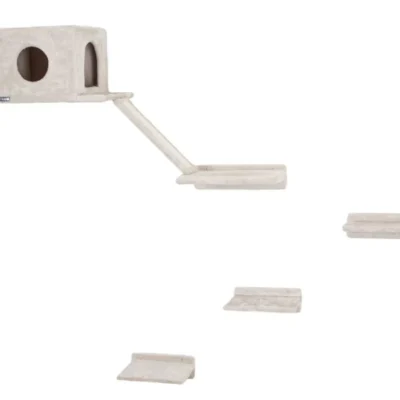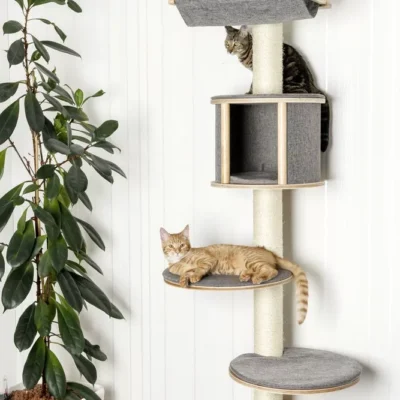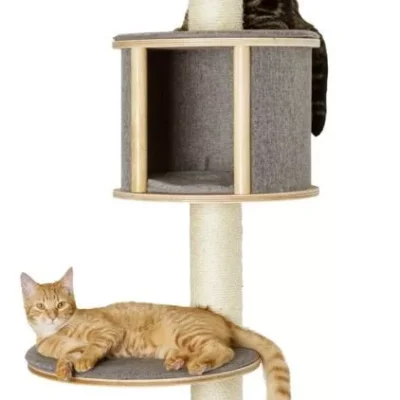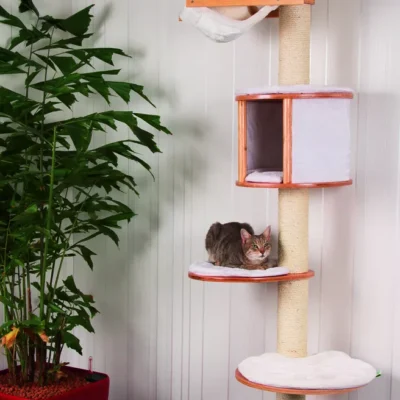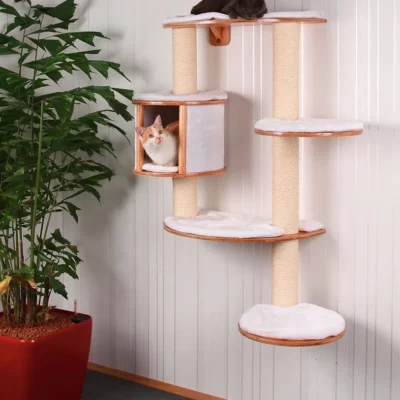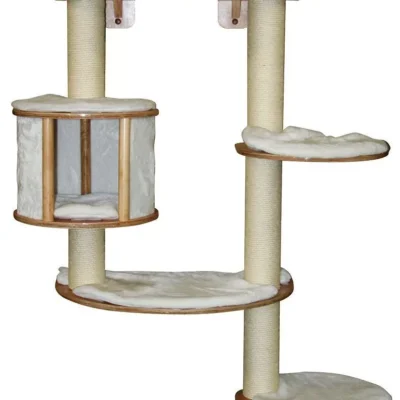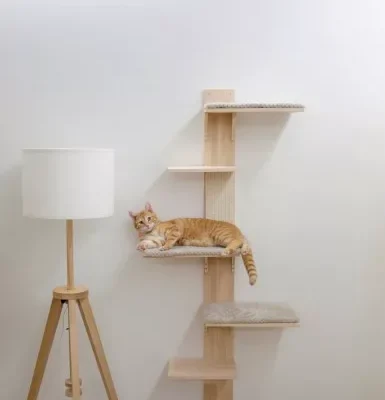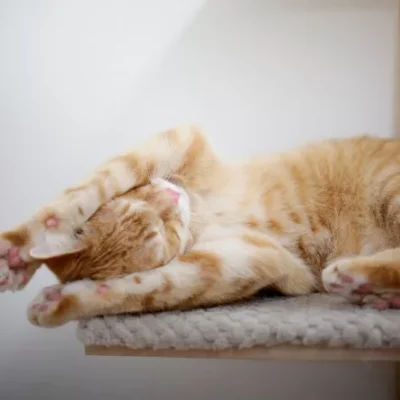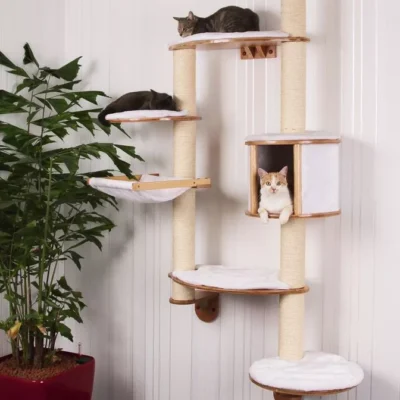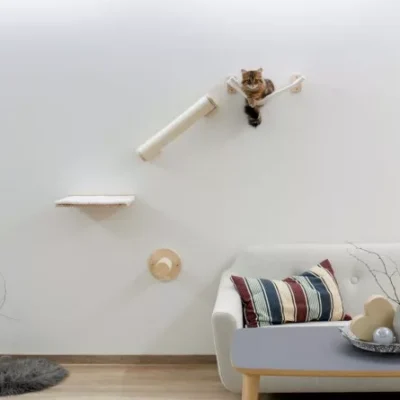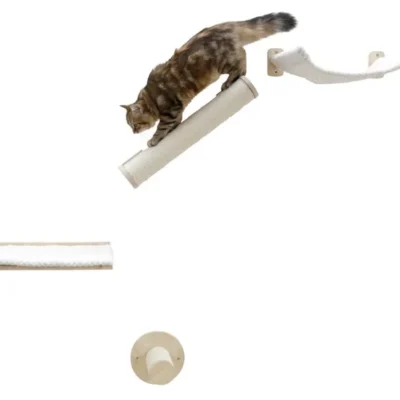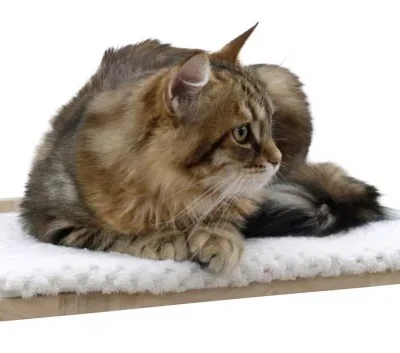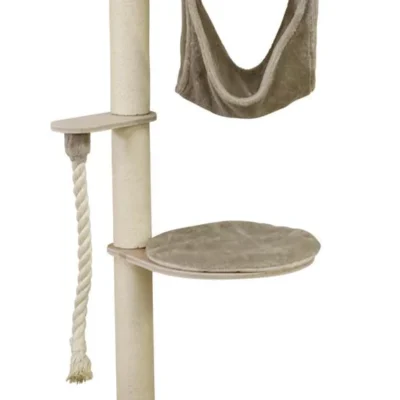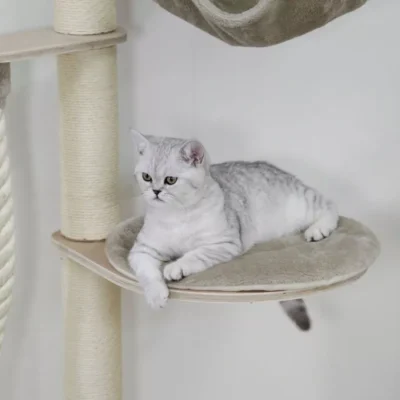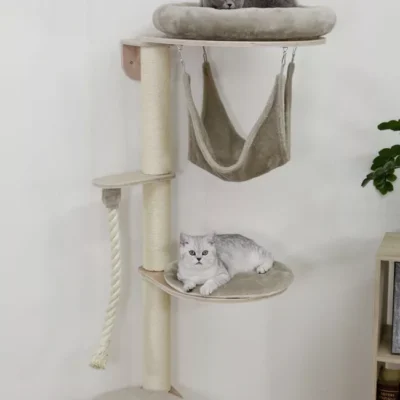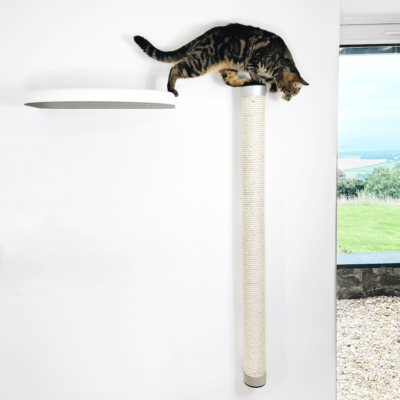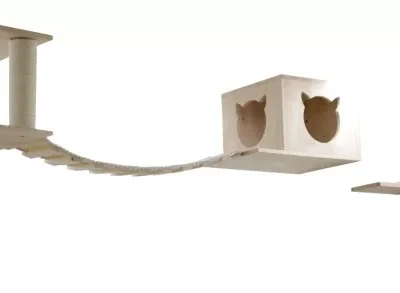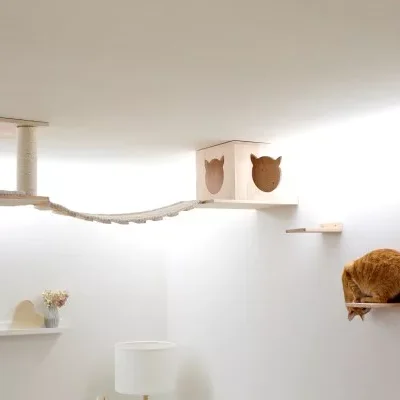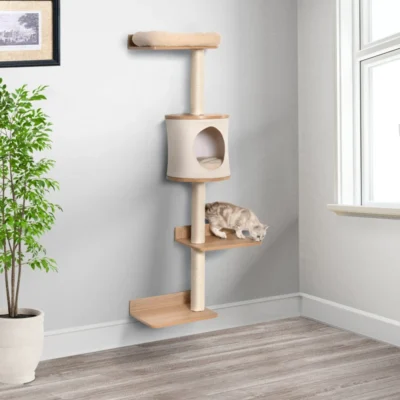0
Selecting the right cat is a decision that extends beyond mere appearance and involves a deep understanding of your lifestyle, environment, and personal preferences. The process requires considering various factors, such as living space, time availability for pet care, activity levels, and existing family dynamics, including children and other pets. Additionally, it’s important to think about what you expect from your cat in terms of behavior, like their need for affection, playfulness, and independence, to ensure a mutually satisfying relationship.
One of the primary choices in selecting a cat is deciding between a male and a female. While it’s crucial to remember that each cat is unique, there are some general traits often associated with each gender. Male cats, typically larger in size, can be more assertive and territorial. However, they are often noted for their relaxed and playful demeanor. Female cats, conversely, tend to be more independent and cautious, particularly around unfamiliar people. They may also exhibit strong maternal instincts, even if they have never been mothers themselves. This initial comparison sets the stage for a more detailed examination of the behavioral nuances, health concerns, and household compatibility of each gender.
This blog series aims to provide thorough and researched guidance for those looking to adopt a cat. The decision to bring a cat into your life is a significant commitment, and it’s essential to approach this decision with ample knowledge and understanding. The series will delve into the distinct characteristics of different cats, offer practical advice on choosing a cat that aligns with your lifestyle, and provide tips on preparing for your new feline family member. Whether you’re a first-time cat owner or considering adding another cat to your home, this series will equip you with the necessary insights to make an informed and rewarding choice for both you and your future feline companion.
Physical and Biological Differences between Male and Female Cats
When choosing between a male and female cat, it’s important to understand the physical, biological, and health-related differences between the two genders, as these factors can influence your decision based on your lifestyle and preferences.
Typically, male cats, known as toms, are larger and more muscular than female cats, or queens. Males often have broader heads and more pronounced cheekbones, giving them a sturdier appearance. This is particularly noticeable in certain breeds. A male cat’s larger stature, including a more noticeable ruff (the fur around the neck), is linked to their roles in competition and territory defense. Female cats are usually smaller with a more delicate build, finer features, smaller heads, and a slender physique. This difference is related to their roles in agility and nurturing their litters.
Both male and female cats have specific health considerations, many of which are influenced by whether they are spayed or neutered. Male cats are more prone to urinary tract disorders, especially if they are not neutered. Neutering can reduce the risk of these issues and also decrease behaviors like territorial aggression and roaming, along with significantly lowering the risk of testicular cancer.
Female cats, when spayed, can avoid health issues like uterine infections and breast tumors, which are often malignant in felines. Spaying also eliminates the risk of ovarian and uterine cancer and reduces the stress and health complications associated with heat cycles.
The average lifespan of cats generally ranges from 12 to 15 years, but many indoor cats can live into their late teens or early twenties with proper care. There is no significant difference in lifespan between male and female cats, particularly when they are spayed or neutered. Both genders typically reach sexual maturity around 6 months, although this can vary. Physical maturity, or full growth in size and weight, is usually achieved by 2 years of age, but this can differ among individuals and breeds.
Understanding these distinctions between male and female cats is crucial for potential cat owners. It can guide you in choosing a cat that aligns with your environment and lifestyle and also prepares you for the specific care and health considerations of your chosen pet.
Behavioral Traits of Male vs. Female Cats
When considering whether to adopt a male or female cat, it’s important to understand that while individual personalities vary, there are some general behavioral traits often associated with each gender. These traits can be influenced by breed, individual temperament, and whether the cat is spayed or neutered.
Male cats, especially when neutered, are commonly perceived as being more relaxed and sociable. They tend to be playful and may seek more interaction and attention from their human companions. Males are also known for showing play aggression and maintaining playful, sometimes kitten-like behaviors throughout their lives.
In contrast, female cats are often seen as more independent and reserved. They can be affectionate but usually on their terms, and might not always seek as much attention as male cats. Females are also known to be more territorial and may take a longer time to adjust to new environments or changes in their daily routines.
When it comes to social interactions, male cats are generally more outgoing. They often adjust more easily to living with other cats and even dogs, particularly if neutered. Territorial behaviors, like spraying, are more common in unneutered males but tend to decrease after neutering.
Female cats can be more cautious around other animals and might prefer being the only pet in the household. Their territorial behavior is usually more subtle than that of males. Unspayed females, especially when in heat, may be less prone to roaming compared to unneutered males.
Activity levels can vary greatly among individual cats. Generally, male cats may exhibit higher energy levels and playfulness, especially in their younger years. They often enjoy interactive play, including games that mimic chasing or hunting.
Female cats, while also playful, may engage in play that reflects their natural hunting instincts in a more controlled manner. Their play style might be less vigorous than that of males, focusing more on stalking and pouncing.
It’s crucial to remember that these are generalizations and that individual cats can display a wide range of behaviors regardless of their gender. The key is to find a cat whose temperament aligns well with your lifestyle and personal preferences, ensuring a mutually enjoyable and fulfilling companionship.

